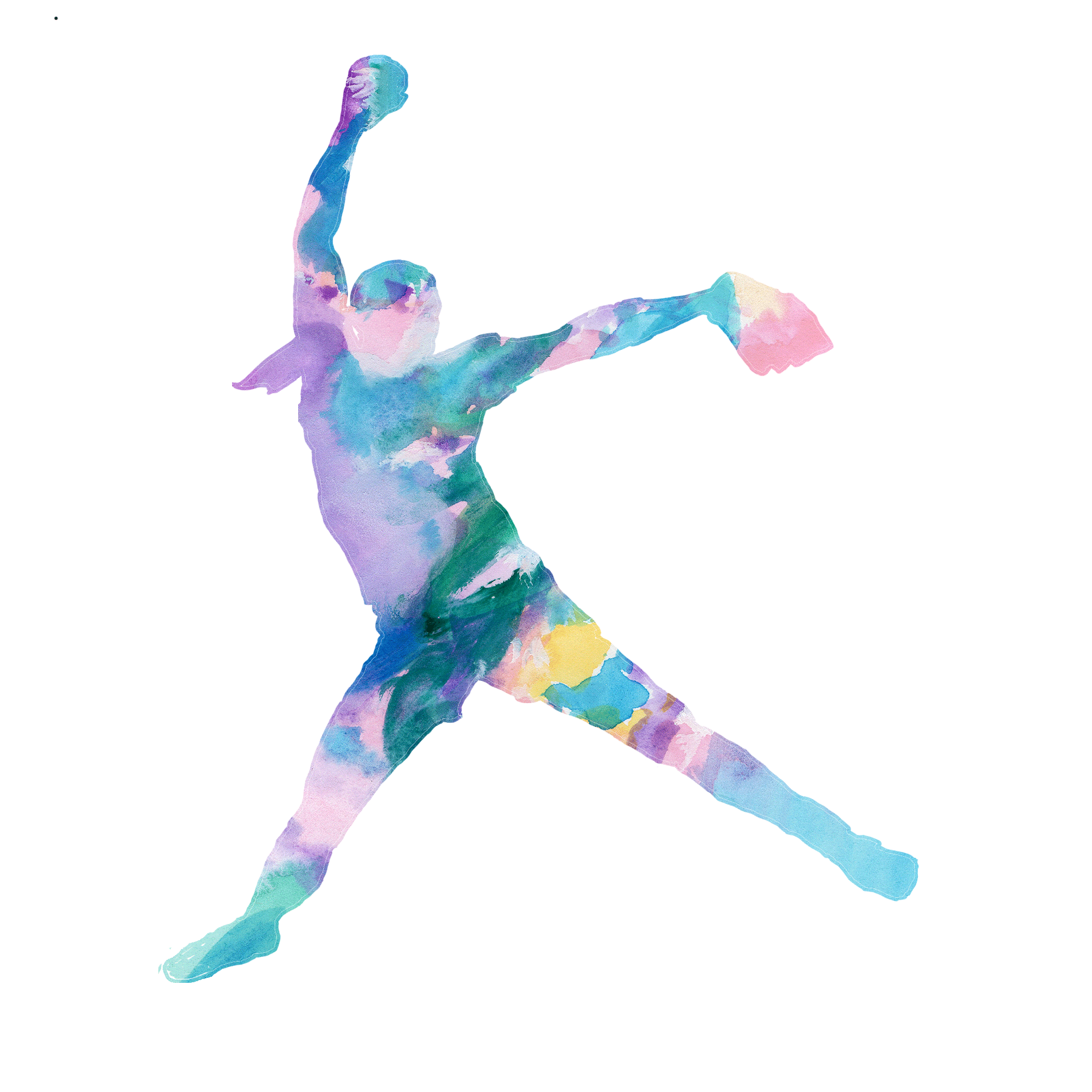Building a STRONG FOUNDATION
In order to build a strong foundation, we must first learn the basic and proper mechanics of the pitching motion for safety, longevity, and of course accuracy and speed.
It is my goal to teach as many young athletes as I can how to become the best pitcher that they can be and to have a long, healthy career in the circle. Building confidence, character, work ethic, and leadership skills are just tips of the iceberg when it comes to what I feel is super important in my training. It’s about the athlete as a whole, and ensuring that they have every opportunity to become the best version of themselves, both on and off the field.
Private One-on-One Lessons
$80 hr for a 1-on-1 private training session
Virtual Lessons
$60 hr.
$40 half hr.
Group/Team Pitching Lessons
2 - 4 athletes
$50 a girl for 2 athletes
$40 a girl for 3 or more
Pitching Clinics & Camps
Contact for pricing
Make sure to check the events page for any upcoming events!
Important aspects of my training:
Body Awareness
Learning the anatomy of our bodies and how they naturally move is extremely important. We can’t expect young athletes to understand the fundamentals of the pitching motion unless they understand the dynamics of how their body moves and why.
If we don’t understand our body, we can’t be expected to know how to control it.
Off-speed & Movement Pitches
After they have perfected accuracy of their fastball, next is learning an off-speed pitch. Having an effective change-up is vital to keeping the batter off balance, especially the big hitters. Once they become confident with the change-up, we will move on to learning a movement pitch. Typically I like to go with the spin that comes most natural to them for their first pitch to learn. It’s important not to rush this process. We need to command all of the pitches that we throw, meaning that we should strive for a 70% strike percentage any time we are learning and working on our pitches.
Pitching Motion Break Down
In order to FEEL and see where our bodies need to be in every aspect of the pitch, we will break down the pitching motion so that it is easier to understand and then perform. I teach internal rotation, whip and the use of ground force for power. I care more about my pitchers health and safety of their body vs. how fast they can throw. I’m invested in their future, not their statistics.
Mental and Emotional Training
Pitching is not only demanding and difficult physically, but it requires a lot of mental training. It takes a strong focus, positive attitude, the ability to stay in the present moment and not get caught up on the last pitch or hit that occurred. We work on confidence, leadership and how to be a team player.
First and foremost, we learn how breathing and proper breathing techniques can help to control our mindset and physical performance in the circle. If we aren’t breathing right, our body can’t stay loose in order to gain velocity.
Snap “Release” Location & SPIN
They will learn why spin = speed, the importance of the rotation of the ball, and how it affects the pitch. They will learn how to relax in their arm circle, allowing it to “whip” vs. forcing speed through the shoulder.
They will be understand how the initial snap of the ball is the first step in controlling height, direction and speed of the pitch, but also understand how the follow-through of our pitch greatly impacts the exact location of the pitch. They are both extremely important to control.
I teach location, over spots. Yes, it’s important to be able to hit your target, but it is more important that you are hitting your “location”, meaning if you miss your spot the pitch is still in the vicinity of where you wanted it to go, vs. across the plate or on the complete opposite side of the plate. Being able to locate your pitch successfully allows us to control the hitter more.
In-Game Training
Learning how to work the umpire, handling a call that may not go your way, and maintaining your composure no matter what occurs is crucial to success in the circle.
We also learn how to attack each individual batter depending on the count, what they have previously done with the pitches before and when to throw certain pitches and locations.
The Importance of Leg & Glove Drive
Leg and glove drive are two of the most important aspects of throwing strikes. They learn why and how they affect the pitching motion. This taps into having body awareness so that they understand the mechanic and its importance to staying “stacked” through the pitch. Using ground force for power, understanding how the hips open through femoral internal and external rotation in order to open the torso and shoulders properly on the power line, and how the glove arm dictates how the pitching arm will move throughout the circle are just a few of the things we will be learning throughout our lessons.
Drills / Conditioning
DRILLS, DRILLS, DRILLS
I give them tons of different drills to help them learn mechanics and fundamentals to help create correct muscle memory for a strong foundation.
Many of these drills can be done at home, even without a ball or glove in hand. It’s important to understand that our body doesn’t know the difference between when we are physically pitching or simply running through dry runs of the motion. Our muscles are moving, that’s all it knows and that’s all that matters. Putting the work in at home doesn’t need to be as complicated as they may think.
We will simplify the mechanics so that they can create proper muscle memory for when they go to apply it in their pitching practices.




